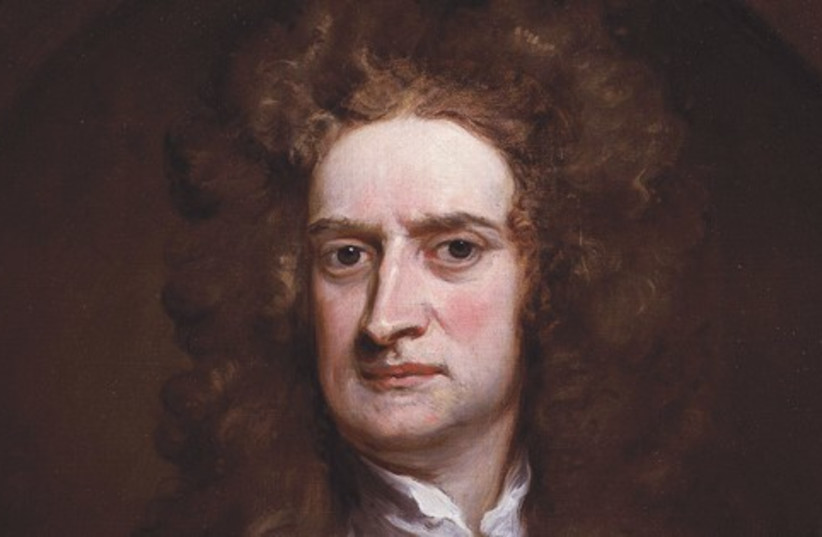Certain star clusters do not seem to be following current understandings of Isaac Newton's laws of gravity, according to new research published on Wednesday.
The study, published in the Monthly Notices of the Royal Astronomical Society, analyzed open star clusters which are formed when thousands of stars are born in a short time period in a huge gas cloud.
As the stars are born, they blow away the remnants of the gas cloud, causing the cluster to expand and create a loose formation of dozens to thousands of stars held together by weak gravitational forces.
As the clusters dissolve, the stars accumulate on two "tidal tails:" one pulled behind the cluster and the other pushed forward.
"According to Newton's laws of gravity, it's a matter of chance in which of the tails a lost star ends up," explains Dr. Jan Pflamm-Altenburg of the Helmholtz Institute of Radiation and Nuclear Physics at the University of Bonn. "So both tails should contain about the same number of stars. However, in our work we were able to prove for the first time that this is not true: In the clusters we studied, the front tail always contains significantly more stars nearby to the cluster than the rear tail."

New methods helped scientists find the crack in the theory
Dr. Tereza Jerabkova, a co-author of the paper, explained that it is very difficult to determine which stars belong to which tail.
"To do this, you have to look at the velocity, direction of motion and age of each of these objects," said Jerabkova, who managed to develop a method to accurately count the stars for the first time using data from the European Space Agency's Gaia mission.
The perks of a modified theory
When the researchers looked at the data, they found that it did not fit Newton's law of gravity and instead fit better with an alternate theory called Modified Newtonian Dynamics (MOND).
"Put simply, according to MOND, stars can leave a cluster through two different doors," explained Prof. Dr. Pavel Kroupa of the Helmholtz Institute of Radiation and Nuclear Physics. "One leads to the rear tidal tail, the other to the front. However, the first is much narrower than the second - so it’s less likely that a star will leave the cluster through it. Newton's theory of gravity, on the other hand, predicts that both doors should be the same width."
The researchers simulated the stellar distribution expected according to the MOND theory and found that it lined up well with what they observed in the data from the Gaia mission.
Dr. Ingo Thies, who played a key role in the simulations, explained that the researchers needed to rely on relatively simple computational methods in the study since currently there are no mathematical tools for more detailed analyses of the MOND theory.
The simulations also coincided with the Gaia data in terms of how long the star clusters typically survive, which is much shorter than would be expected according to Newton's laws.
"This explains a mystery that has been known for a long time," said Kroupa. "Namely, star clusters in nearby galaxies seem to be disappearing faster than they should."
The MOND theory is controversial as modifications to Newton's laws of gravity would have far-reaching consequences for other areas of physics as well, although they would solve many problems facing cosmology.
The team from the University of Bonn is now working on new mathematical methods to create even more accurate simulations.
The Charles University in Prague, the European Southern Observatory (ESO) in Garching, the Observatoire astronomique de Strasbourg, the European Space Research and Technology Centre (ESA ESTEC) in Nordwijk, the Institute for Advanced Studies in Basic Sciences (IASBS) in Zanjan (Iran), the University of Science and Technology of China, the Universidad de La Laguna in Tenerife, and the University of Cambridge also took part in the study.
